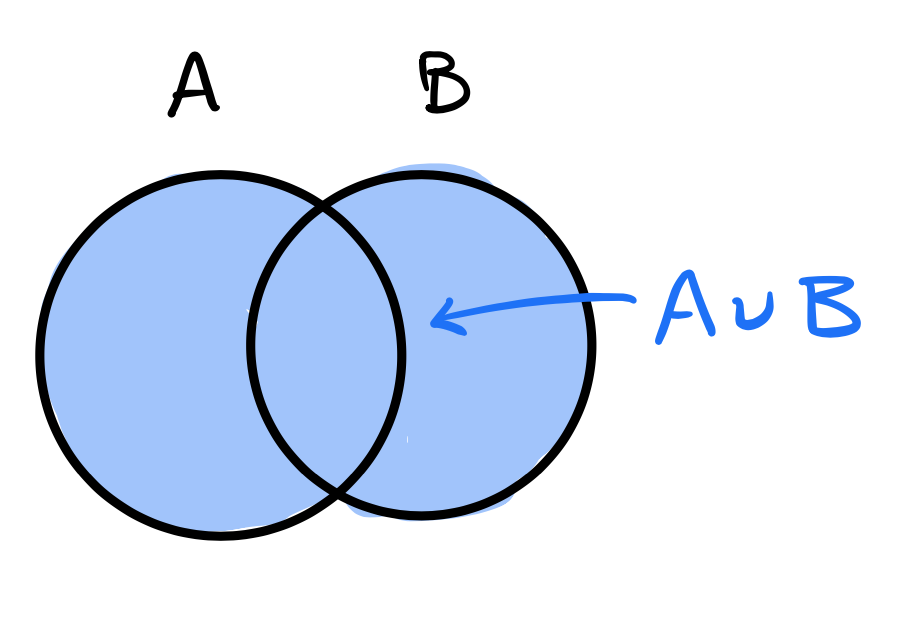Welcome to STA 240!
Probability for Statistical Inference
Duke University
STA 240 Fall 2025
Course admin
Office hours
| Mug | Name | Role | Office Hours |
|---|---|---|---|
 |
Hu, Yuang | TA | Mon 7:30 PM - 9:30 PM |
 |
Liu, Aurora | Head TA | WeTh 4:30 pm - 5:30 pm |
 |
Ma, Liane | TA | Sun 10:00 am - 12:00 pm |
 |
Zito, John | Instructor | Tue 3:00 pm - 6:00 pm |
Problem Set 0…wtf?
Low stakes: worth fewer points than other problem sets;
- (but it will be graded quite rigorously);
It’s about an 8/10 on the math difficulty scale in this class;
You will not see much calculus in Weeks 1 - 6 and Midterm 1;
- (mainly infinite series);
Serious calculus begins Week 7 and looms large until the end;
- (be prepared to do some math on Midterm 2 and the Final).
Bottom line
You have until Week 7 to work the kinks out. If, by that time, you are confident that you understand what’s happening on Problem Set 0, then you are ready.
Problem Set 1
- Problems 1 - 3 currently accessible to you;
- Problems 4 - 8 accessible after today’s class;
- Problems 9 - 10 accessible after next week’s classes.
Problem Sets 1 - 4
Each has 10 problems following a “1 + 2 + 5 + 2” structure:
- 1 problem is chatty and conceptual (no math);
- 2 problems practice stuff from 2 weeks ago;
- 5 problems practice stuff from last week;
- 2 problems practice stuff from this week.
So, I lecture on new stuff MoWe, and you have to do two practice problems by that same Friday.
Last time
Set operations
| Set | Picture | Logic |
|---|---|---|
| \(A\cup B\) |  |
(inclusive) OR |
| \(A\cap B\) |  |
AND |
| \(A^c\) |  |
NOT |
Algebraic properties
\[ \begin{matrix} \text{Commutative} & A\cup B=B\cup A\\ & A\cap B=B\cap A\\ &\\ \text{Associative} & (A\cup B)\cup C = A\cup (B\cup C)\\ & (A\cap B)\cap C = A\cap (B\cap C)\\ &\\ \text{Distributive} & (A\cup B)\cap C = (A\cap C)\cup (B\cap C)\\ &(A\cap B)\cup C = (A\cup C)\cap (B\cup C)\\ &\\ \text{De Morgan's Laws} & (A\cup B)^c=A^c\cap B^c\\ & (A\cap B)^c=A^c\cup B^c. \end{matrix} \]
Probability time
Random phenomena
- the outcome of a coin flip;
- the outcome of a die roll;
- the Poker hand dealt to you from a shuffled deck;
- the outcome of a presidential election;
- whether or not a basketball player makes a free throw shot;
- whether or not my soufflé falls in the oven;
- whether or not the opera singer hits the high note;
- the next song in your Spotify shuffle;
- the next word generated by ChatGPT;
- the birth weight of a newborn child;
- the number of costumers that will arrive at a store or restaurant on a given day;
- when and where a hurricane will make landfall;
- the time until an unstable particle will decay;
- the number of claims an insurance company receives in a month;
- the bid-ask spread of Google stock at 2:37 pm ET next Wednesday.
Why are these things random?
Sample spaces
The set of possible outcomes of a random phenomenon:
| Phenomenon | Sample space \(S\) |
|---|---|
| Flip two coins in order | \(\{HH,\:HT,\:TT,\:TH\}\) |
| Roll a single die | \(\{1,\:2,\:3,\:4,\:5,\:6\}\) |
| Card dealt from a shuffled deck | \(\{2\clubsuit,\,3\clubsuit,\,4\clubsuit,\,\ldots\}\) |
| Winning party in US election | \(\{\text{R}, \text{D}, \text{L}, \text{G}, ..., \text{DSA}\}\) |
| Your blood sodium level in mEq/L | \(\mathbb{R}_+=(0,\infty)\) |
| # of insurance claims in a week? | \(\mathbb{N}\) |
| Return on a risky asset | \(\mathbb{R}\) |
Events
A subset \(A\subseteq S\) of the sample space:
| Description | Event \(A\) |
|---|---|
| “the first of two coin flips is a head” | \(\{HH,\:HT\}\) |
| “the die is even” | \(\{2,\:4,\:6\}\) |
| “dealt a four” | \(\{4\clubsuit,\,4\heartsuit,\,4\spadesuit,\,4\diamondsuit\}\) |
| “right-wing party wins” | \(\{\text{R},\,\text{L},\,...\}\) |
| “blood sodium in healthy range” | \([133,\:145]\) |
| “over a thousand claims” | \(\{1001,\,1002,\,1003,\,\ldots\}\) |
| “your investment loses money” | \((-\infty,\:0)\) |
Translating set theory into probability
Running example: where will the meteor land?
The sample space is the set of all (long, lat) coordinates in this spatial region:

Example events
| Symbol | Description |
|---|---|
| \(A\) | “Meteor lands in the United States” |
| \(B\) | “Meteor lands in Canada” |
| \(C\) | “Meteor lands in Mexico” |
| \(D\) | “Meteor lands in adjacent waters” |
| \(E\) | “Meteor lands in the Rocky Mountains” |
“OR” events (union)
| Symbol | Description |
|---|---|
| \(A\) | “Meteor lands in the United States” |
| \(B\) | “Meteor lands in Canada” |
| \(C\) | “Meteor lands in Mexico” |
| \(D\) | “Meteor lands in adjacent waters” |
| \(E\) | “Meteor lands in the Rocky Mountains” |
“Meteor lands in the US or Canada”
→ \(A \cup B\)“Meteor lands in Mexico or adjacent waters”
→ \(C \cup D\)“Meteor lands in the Rocky Mountains or Canada”
→ \(E \cup B\)“Meteor lands in North America”
→ \(A\cup B\cup C\)
“AND” events (intersection)
| Symbol | Description |
|---|---|
| \(A\) | “Meteor lands in the United States” |
| \(B\) | “Meteor lands in Canada” |
| \(C\) | “Meteor lands in Mexico” |
| \(D\) | “Meteor lands in adjacent waters” |
| \(E\) | “Meteor lands in the Rocky Mountains” |
“Meteor lands in the Rocky Mountains and the US”
→ \(E \cap A\)“Meteor lands in the US and Mexico”
→ \(A \cap C = \varnothing\)“Meteor lands in North America and adjacent waters”
→ \((A \cup B \cup C) \cap D = \varnothing\)
“NOT” events (complement)
| Symbol | Description |
|---|---|
| \(A\) | “Meteor lands in the United States” |
| \(B\) | “Meteor lands in Canada” |
| \(C\) | “Meteor lands in Mexico” |
| \(D\) | “Meteor lands in adjacent waters” |
| \(E\) | “Meteor lands in the Rocky Mountains” |
“Meteor does not land in the US”
→ \(A^c\)“Meteor does not land in the Rocky Mountains”
→ \(E^c\)“Meteor does not land on land at all”
→ \((A \cup B \cup C)^c = D\)
Implication
| Symbol | Description |
|---|---|
| \(G\) | “Meteor lands in Georgia” |
| \(S\) | “Meteor lands in The South” |
| \(U\) | “Meteor lands in the United States” |
| \(N\) | “Meteor lands in North America” |
Notice:
\[ G\subseteq S\subseteq U\subseteq N. \]
- If we learn that the meteor landed in The South, that implies that it landed in the USA, which implies that it landed in North America;
- It may or may not have landed in Georgia.
Summary
| Probability | Set theory |
|---|---|
| \(A\) or \(B\) occur | \(A\cup B\) |
| \(A\) and \(B\) occur | \(A\cap B\) |
| \(A\) does not occur | \(A^c\) |
| \(A\) implies \(B\) | \(A\subseteq B\) |
| \(A\) and \(B\) mutually exclusive | \(A\cap B=\varnothing\) |